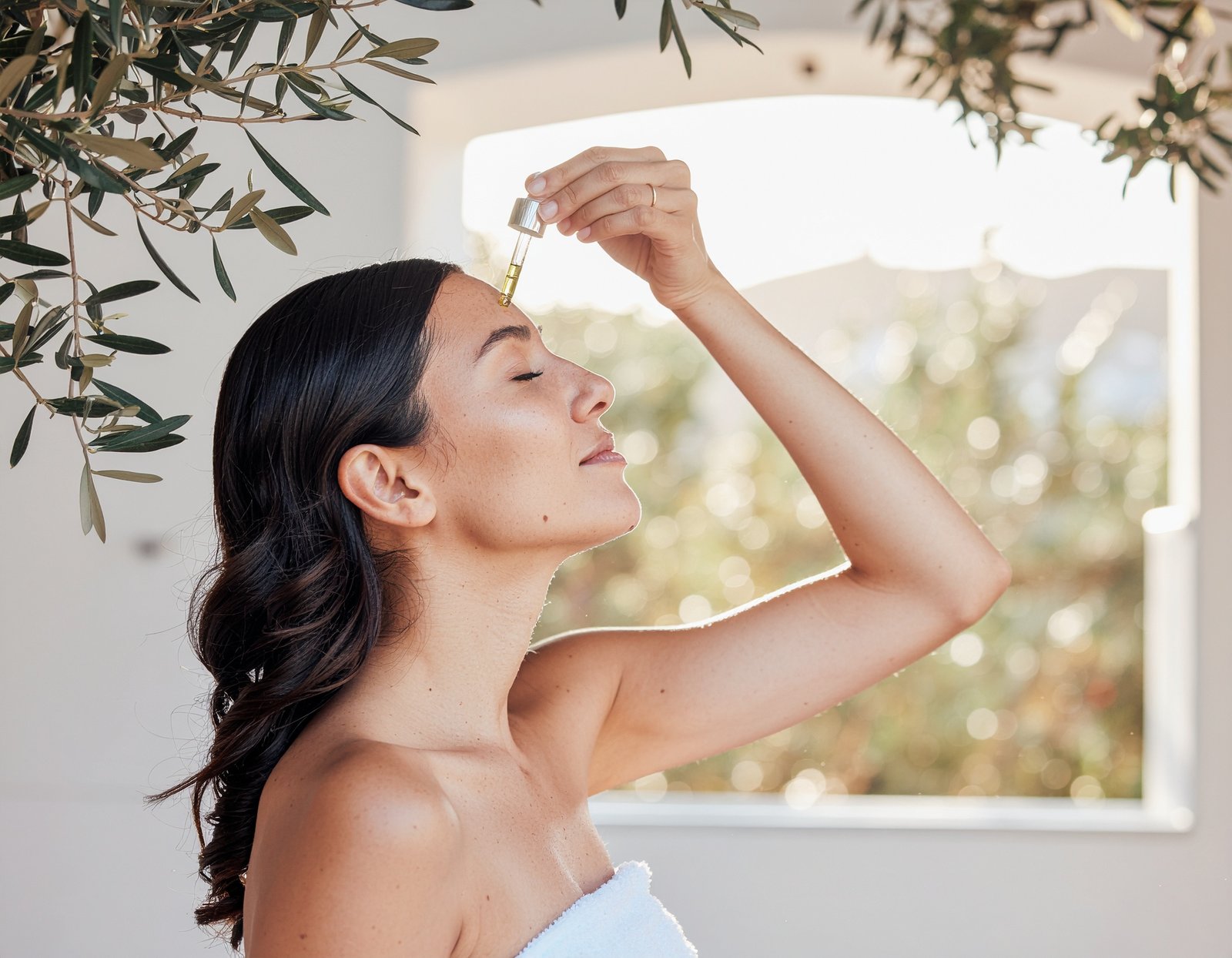Homemade Healing Balm for Cuts, Burns & Dry Skin – Science, DIY, and Herbal Ritual

Table of Contents
- Why Make Your Own Healing Balm?
- Plant Science: How Herbs Heal Skin
- DIY Healing Balm Recipe (Step-by-Step)
- How to Use & Skin Safety
- Herbal Routines for Skin Resilience
- FAQs & More Natural Skin Remedies
Skin Glow Blueprint
Unlock plant-powered routines for radiant, resilient skin—includes DIY balm, carrier oil guide, and a daily skin renewal plan.
Start glowing with what nature provides!
Renew: Nightly Support for Restful Sleep
Calm your mind and promote deep, natural rest—wake up feeling restored with Renew.
Explore IngredientsThere’s a special kind of confidence that comes from taking care of your own skin—especially when you know exactly what you’re putting on it. Modern balms and ointments are often filled with synthetic chemicals, petroleum derivatives, and questionable preservatives. But when you make your own healing balm, you harness the gentle power of nature: nourishing oils, flowers, and beeswax that have soothed wounds for centuries.
Why Make Your Own Healing Balm?

- Soothes Everyday Skin Troubles: Minor cuts, scrapes, sunburn, bug bites, dry lips, cracked heels, and more.
- Herbal Powerhouse: Calendula, comfrey, and lavender support skin’s natural repair, reduce redness, and ease discomfort.
- Non-Toxic & Family-Safe: No parabens, phthalates, petroleum, or artificial fragrances. Gentle for all ages—just patch-test first.
- Multi-Use: Use on hands, feet, elbows, knees, or anywhere you need TLC. Can even be adapted as a lip balm or baby balm!
Traditional herbal balms have been used in almost every culture—Native American, European, African, and Asian healers all prized simple plant-based salves for their skin-healing power. Modern science now confirms what our ancestors knew: certain herbs truly accelerate wound healing and restore the skin barrier.
Plant Science: How Herbs Heal Skin
- Calendula: Powerful anti-inflammatory and skin-renewal effects. Studies show it accelerates wound closure and reduces scarring.
- Comfrey: Rich in allantoin, a compound that helps new cells grow and soothes irritation. Use in moderation and never on deep wounds.
- Lavender: Calms pain, helps control itching, and acts as a mild antimicrobial. Its scent also soothes the nervous system—promoting faster healing.
- Beeswax: Forms a breathable, protective layer to lock in moisture while letting skin breathe—without clogging pores.
- Carrier Oils: Olive, almond, or coconut oil bring their own vitamins, antioxidants, and softening benefits.
Safety: Always patch test! Some individuals may react to comfrey or essential oils. Substitute with plantain, chamomile, or yarrow as needed.
DIY Balm Kit: Everything You Need
Get organic beeswax, oils, and healing herbs shipped to your door—perfect for beginners, with simple instructions included.
Shop DIY Balm at AmazonDIY Healing Balm Recipe (Step-by-Step)

| Homemade Healing Balm Recipe (Yields ~4 oz) | |
|---|---|
| Ingredients |
|
| Instructions |
|
How to Use & Skin Safety

- Apply a thin layer to clean, dry skin on cuts, scrapes, burns, rough patches, or chapped lips.
- Safe for hands, feet, elbows, and even mild diaper rash (no open wounds).
- Do not use on deep wounds, severe burns, or if skin is infected.
- Always patch-test first. Discontinue if irritation occurs.
- Store balm in a cool, dry spot. If it softens in heat, refrigerate to firm.
Pro Tip: For best results, cleanse skin gently and apply balm within 10 minutes of bathing to lock in moisture.
Beeswax forms a breathable layer—sealing in healing botanicals and moisture while still letting skin “breathe.” That’s why it’s beloved in herbal balms, and why petroleum jelly can’t compare!
Herbal Ritual: Making Healing Balm Part of Your Skin Routine
- Daily: Apply to hands and heels after showering to prevent dryness and cracks.
- Weekly: Use on cuticles, lips, and elbows for a spa-night moisture boost.
- On-the-Go: Keep a mini tin in your bag for scrapes, bug bites, and hangnails.
- For Kids: Use on playground scrapes (just check for allergies first!).
- Before Bed: Massage a dab into hands and feet, cover with cotton gloves or socks for overnight repair.
FAQs & More Natural Skin Remedies
- How long does homemade balm last? Typically 6–9 months if kept cool and dry.
- Can I use fresh herbs? Dry herbs are safer—fresh can introduce water and mold. If using fresh, double the amount and use up quickly.
- Can I make it vegan? Yes! Swap beeswax for candelilla wax, though you may need to adjust the amount for a similar texture.
- Can I use different oils? Yes—almond, jojoba, grapeseed, and coconut all work beautifully. Each brings a slightly different feel.
- What if I’m allergic to an ingredient? Substitute with plantain, chamomile, or yarrow—or simply leave it out.
Skin Glow Blueprint – Bonus Download
Take your routine to the next level with a full guide to herbal skin care—carrier oil comparisons, DIY recipes, and science-backed glow tips. Yours free!
Get the BlueprintRenew: Nightly Support for Restful Sleep
Calm your mind and promote deep, natural rest—wake up feeling restored with Renew.
See What’s InsideThis article is for informational and educational purposes only. It does not constitute medical advice. Always consult your healthcare provider for serious injuries, persistent skin issues, or if you have allergies to any ingredients.
- Chevallier, A. Encyclopedia of Herbal Medicine. DK Publishing, 2016.
- Barnes, J., et al. “Herbal Medicine for Skin Conditions.” British Journal of Dermatology, 2022.
- Gladstar, R. Herbal Recipes for Vibrant Health. Storey Publishing, 2008.
Want More Herbal Wisdom?
Subscribe to Health Intel Daily for exclusive skin and wellness guides, delivered weekly!
Subscribe for DIY Skin Health!